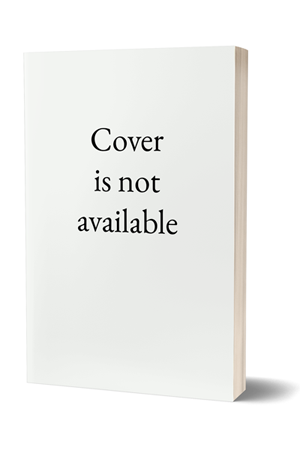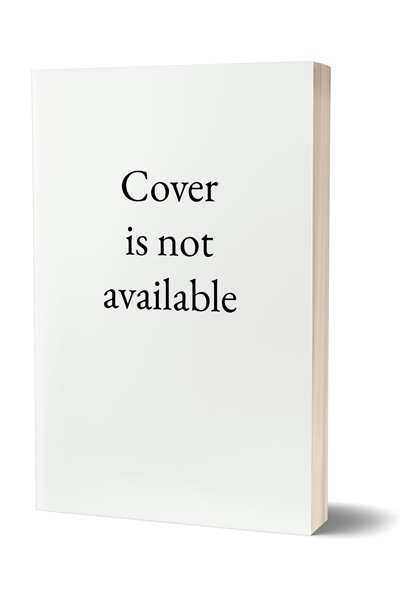
Preachers, Florilegia, and Sermons
Studies on the Manipulus Florum of Thomas of Ireland
Richard H. Rouse, Mary A. Rouse
- Pages: 476 p.
- Size:150x 220 mm
- Illustrations:4 b/w
- Language(s):English
- Publication Year:2007
- € 75,00 EXCL. VAT RETAIL PRICE
- ISBN: 978-0-88844-047-1
- Paperback
- Out of Print
This study explores the Manipulus florum against a background of the activities and preoccupations of thirteenth-century scholars and preachers, including the creation and development of alphabetical reference tools, a new and urgent emphasis upon the preaching ministry, and the evolution in the form and content of the sermon. It also considers significant topics in the scholarly literature on the Manipulus: the problem of the work's disputed authorship, the purposes and methods of its compilation, and the principal sources, many of them previously unstudied, upon which the collection drew. But the Manipulus florum is also used as a point of departure for a wide-ranging study of the development and use of florilegia, preacher's manuals, and other alphabetical aids, from the thirteenth-century monastic centers to the Renaissance.
Among the appendixes which conclude the book are Thomas of Ireland's introduction and the bibliography that he appended to the Manipulus florum, edited here for the first time; author and title index of the 6000 extracts in the Manipulus florum; and a detailed catalog of the more than 180 surviving manuscripts.
